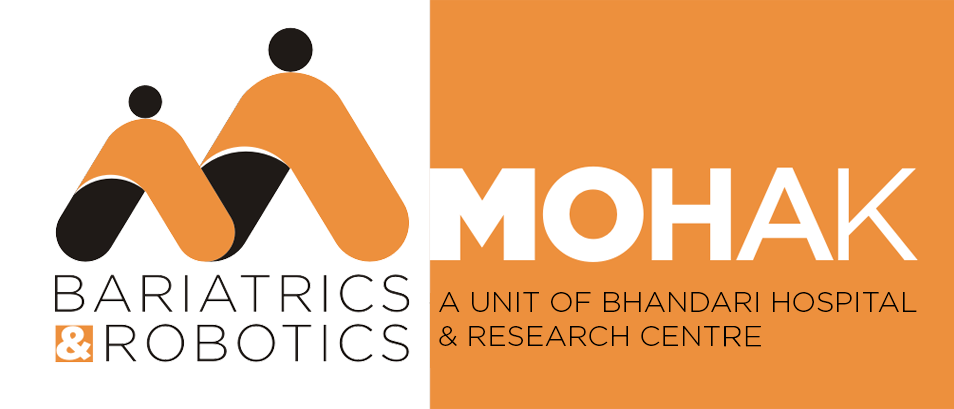[vc_row][vc_column][vc_row_inner][vc_column_inner][vc_video link=”https://www.youtube.com/watch?v=F-p15pylbnI” align=”center” css=”.vc_custom_1466846780000{margin-bottom: 30px !important;}”][vc_custom_heading text=”How it works” use_theme_fonts=”yes” el_class=”shead”][vc_column_text]This procedure involves creating a small stomach pouch, so less food is consumed. The intestine is connected to the pouch and rerouted. Food bypasses the lower stomach, the first segment of the small intestine (duodenum) and part of the second (jejunum). A direct connection is created from the stomach to the lower segment of the small intestine, literally bypassing portions of the digestive tract that absorb calories and nutrients. This is considered a combined restrictive and malabsorptive procedure.[/vc_column_text][vc_empty_space height=”20px”][vc_custom_heading text=”Results” use_theme_fonts=”yes” el_class=”shead”][vc_column_text]On an average 77% of excess body weight is lost in one year after surgery. Studies show that after 10 to 14 years, patients have maintained 60% of excess body weight loss. Study of 500 patients showed that 96% of certain associated health conditions were improved or resolved, including back pain, sleep apnea, high blood pressure, type 2 diabetes and depression. In most cases patients report an early sense of fullness, combined with a sense of satisfaction that reduces the desire to eat.[/vc_column_text][/vc_column_inner][/vc_row_inner][ult_buttons btn_title=”Book an appointment” btn_link=”url:https%3A%2F%2Fmohakbariatrics.in%2Fbook-an-appointment%2F||” icon_size=”32″ btn_icon_pos=”ubtn-sep-icon-at-left” el_class=”actionbut”][/vc_column][/vc_row]
